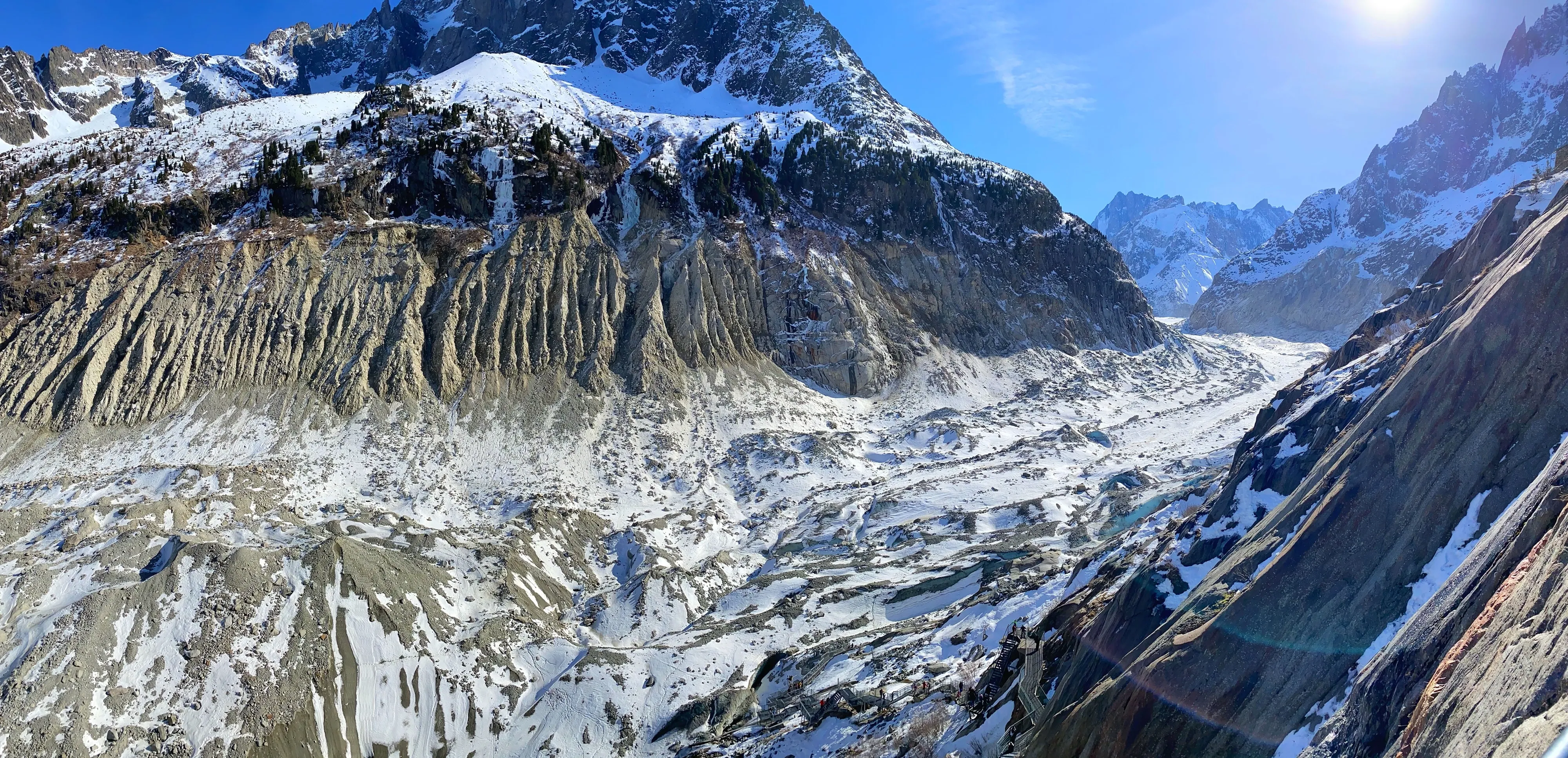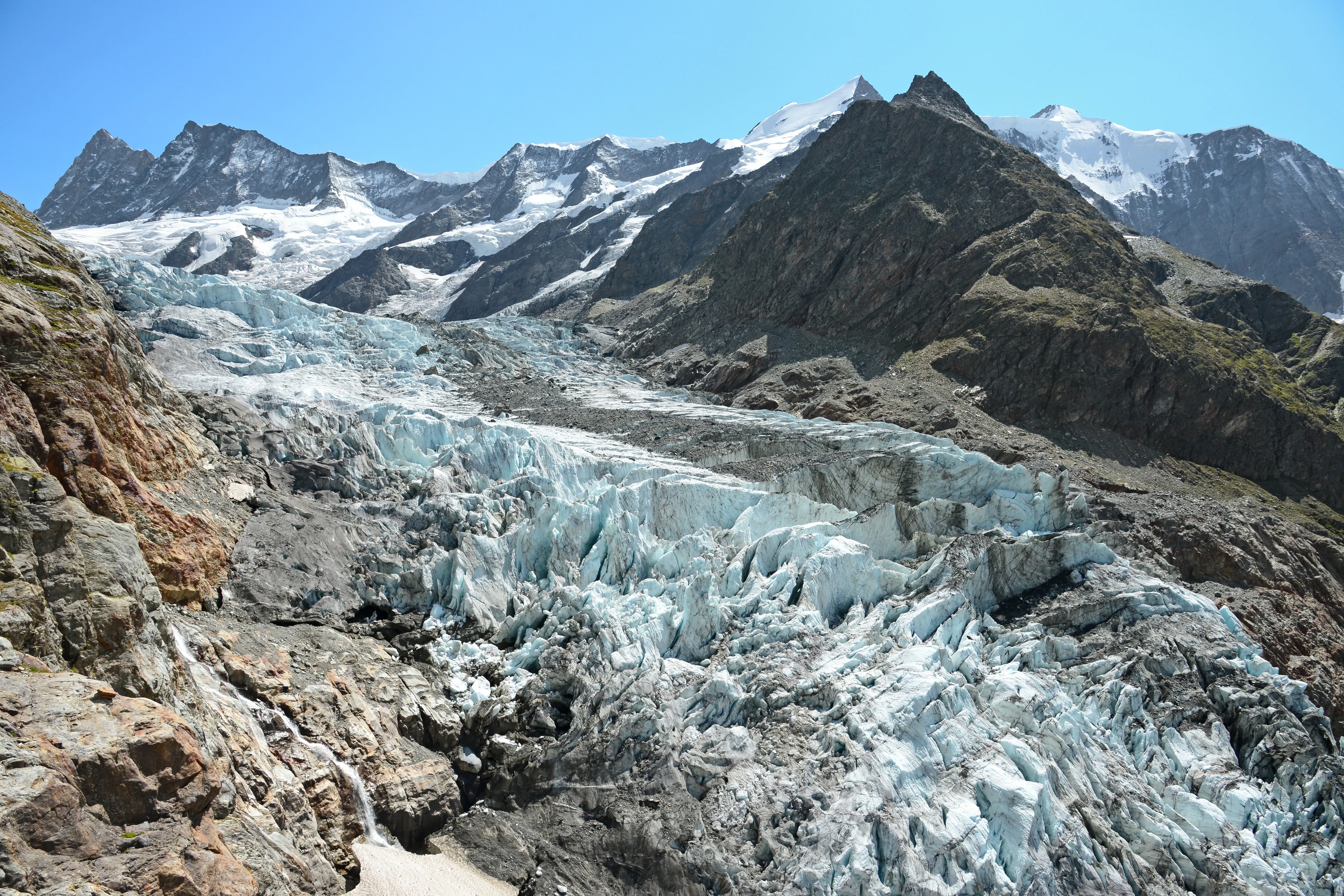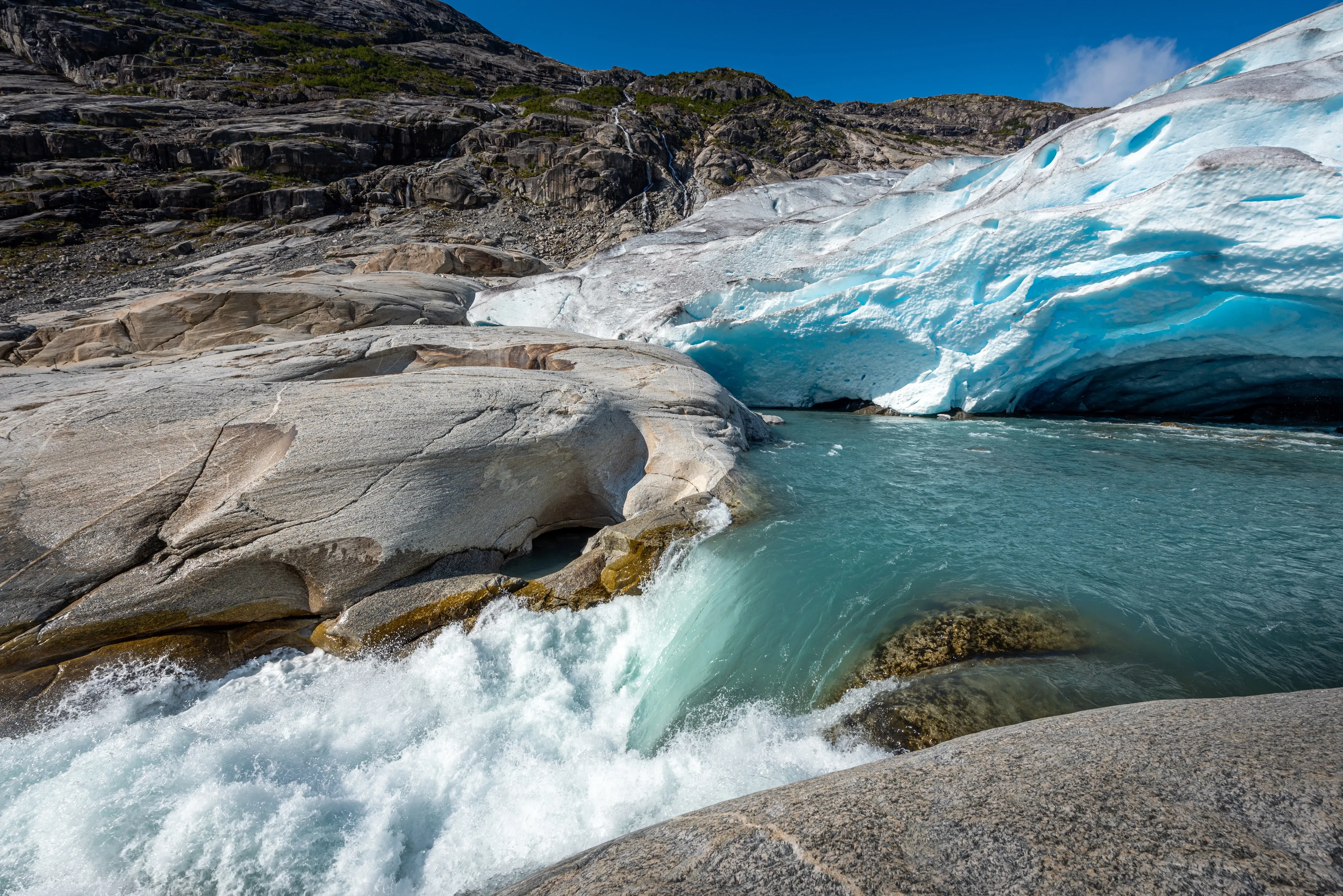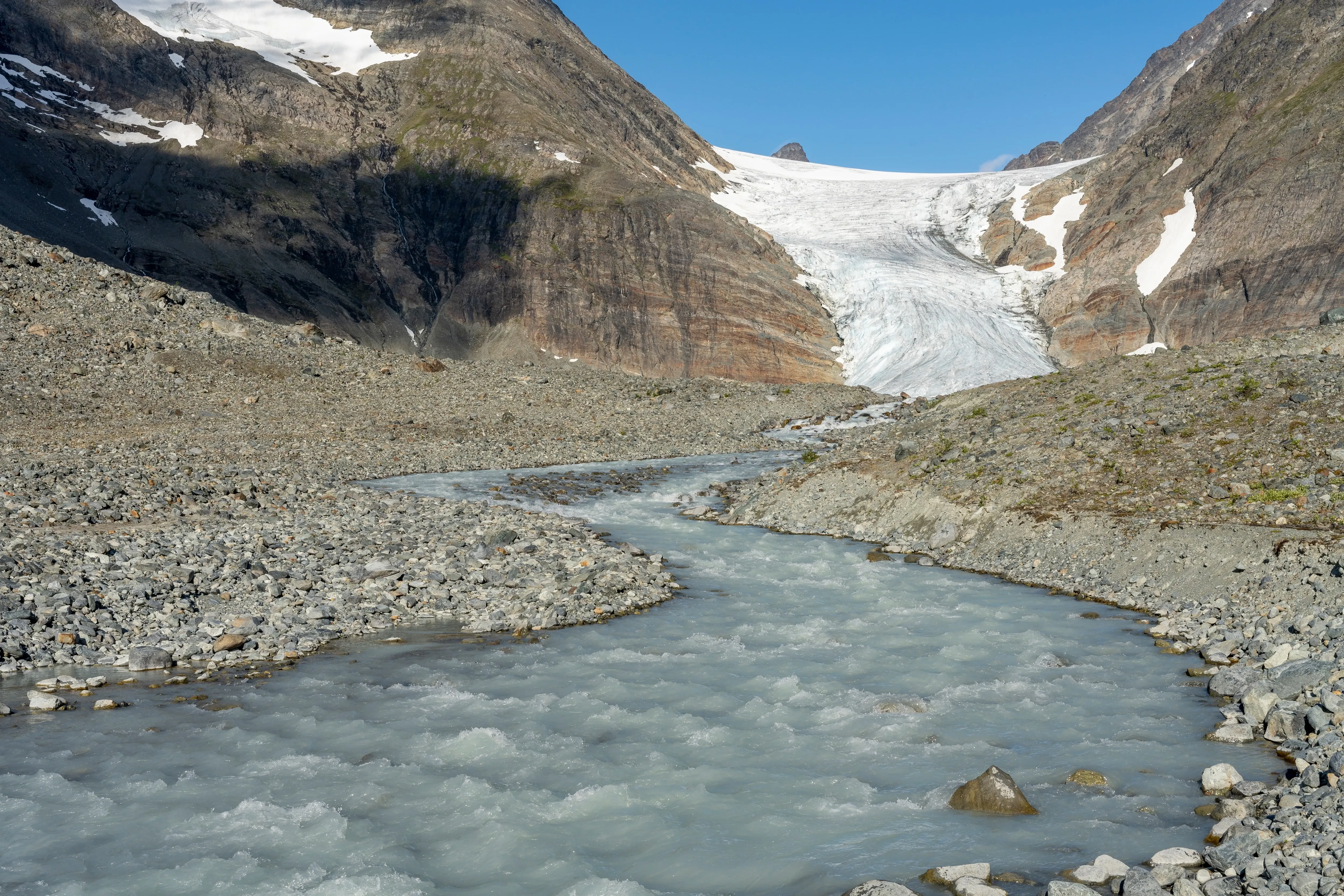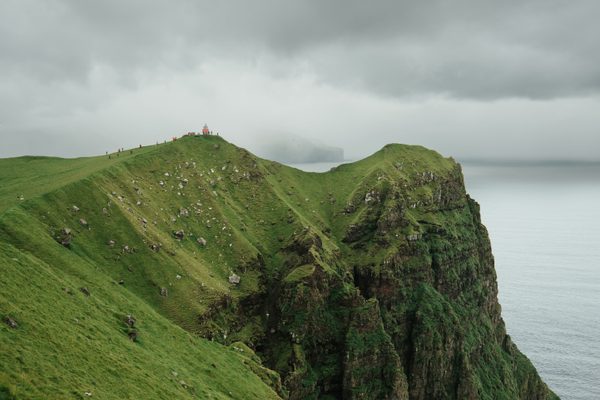Europe's ecological guardians: Glaciers
Glaciers are an integral part of the world's water supply, providing freshwater to millions of people worldwide. Europe's glaciers are no exception, serving as the primary source of freshwater for the continent's rivers and lakes. They also play a vital ecological role in regulating water flow, temperature, and nutrient cycling, as well as supporting a range of unique plant and animal species.
Despite their significance, Europe's glaciers are under threat from climate change, which is causing them to recede at an unprecedented rate.
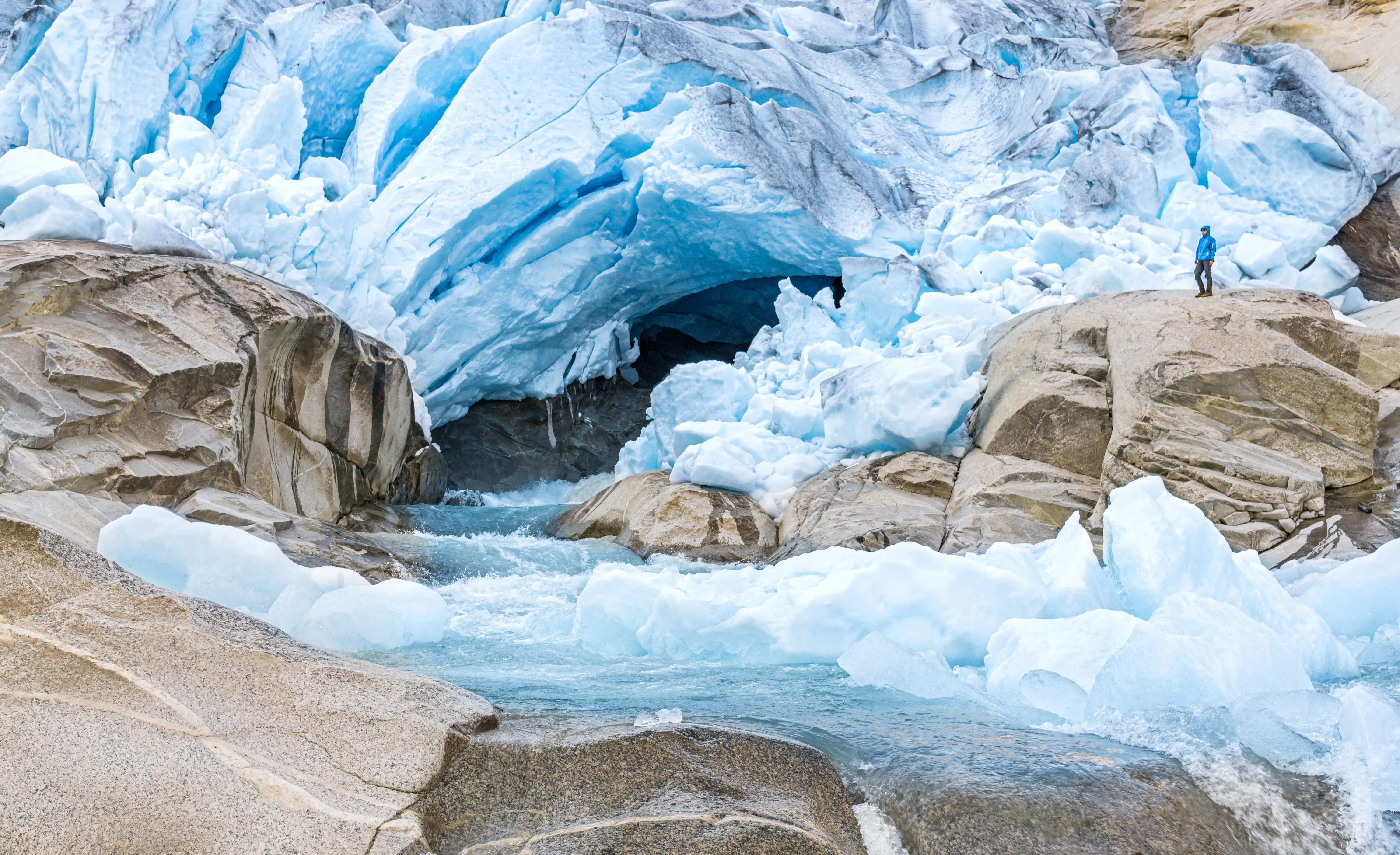
Europe's largest and most important glaciers can be found in the Alps, the Pyrenees, the Caucasus, and the Scandinavian Mountains. The Aletsch Glacier in the Swiss Alps is the largest glacier in Europe, covering an area of approximately 82.2 square kilometres and holding a remarkable 11 billion tonnes of ice. Other notable glaciers in the Alps include the Mer de Glace, the Lower Grindelwald Glacier, the Rhône Glacier, and the Hintereisferner.
In the Pyrenees, the Aneto Glacier is the largest and most significant, covering an area of approximately 0.3 square kilometres. However, like most of Europe's glaciers, the Aneto Glacier has been rapidly receding over the past few decades. In the Caucasus Mountains, the Djankuat Glacier is the largest and most important glacier, covering an area of approximately 14.2 square kilometres. The largest glacier in the Scandinavian Mountains is the Jostedalsbreen Glacier, covering an area of approximately 487 square kilometres.
Overall, the glaciers in Europe are primarily located in the Alps, which cover an area of approximately 200,000 square kilometres, including parts of Austria, Switzerland, France, Italy, and Slovenia. The glaciers are formed from compacted snow and ice, and they are an integral part of the water cycle, providing freshwater to rivers and lakes, which are essential for agriculture, industry, and human consumption.
1. Ecological role
One of the critical ecological functions of Europe's glaciers is their role in regulating temperature and climate. Glaciers reflect solar radiation, helping to cool the atmosphere and prevent global warming. They also store large quantities of freshwater, which is gradually released during the summer months, contributing to the local climate and providing water for plants, animals, and humans.
Moreover, glaciers in Europe are a vital habitat for a diverse range of plant and animal species. The harsh and rugged terrain of the glacier region provides a unique ecological niche, which supports a range of alpine flora and fauna, including rare and endangered species. The glaciers also serve as a migratory pathway for birds and animals, providing a critical corridor for their movement across the landscape.
Glaciers have a significant ecological impact on the surrounding environment. They create unique habitats that support a range of plant and animal species. For example, the Aletsch Glacier in Switzerland is home to the rare snow finch bird and a range of alpine plants. Similarly, the Pyrenees and the Caucasus Mountains are home to unique plant species that have adapted to the extreme conditions created by glaciers. Glaciers also play a vital role in regulating water flow, which is essential for maintaining healthy aquatic ecosystems. During the summer months, glaciers release water that helps to maintain the flow of rivers and lakes, which in turn support a range of aquatic species.
2. Threats and challenges
Climate change
Climate change is the biggest threat to Europe's glaciers. Over the past few decades, glaciers across the continent have been receding at an unprecedented rate, with some losing up to 3 metres in thickness each year. Scientists predict that Europe's glaciers could disappear entirely by the end of the century if current trends continue. The disappearance of glaciers could have devastating effects on the surrounding ecosystems as well as on the millions of people who depend on them for freshwater.
Glacier melt
Glacier melt is already having a significant impact on Europe's water supply. Glaciers provide a natural buffer for rivers and lakes, regulating water flow during the dry summer months. As glaciers continue to melt, water flow in rivers and lakes is becoming increasingly unpredictable, leading to more frequent droughts and floods. The melting of glaciers is also contributing to rising sea levels, which pose a significant threat to coastal communities across Europe.
The glacier cycle
While climate change is undoubtedly the biggest threat to Europe's glaciers, it is also essential to acknowledge the natural cycles of glaciers. Glaciers have been advancing and retreating for millions of years, influenced by a range of natural factors such as temperature, precipitation, and solar radiation. While the current rate of glacier retreat is unprecedented, it is also a natural process that has been occurring for millennia.
Sign up for the newsletter
By clicking on “Subscribe now” I will subscribe to the Conscious Explorer newsletter with all the information about mindful travel. Information on the success measurement included in the consent, the use of the shipping service provider MailChimp, logging of the registration and your rights of revocation can be found in our privacy policy.


